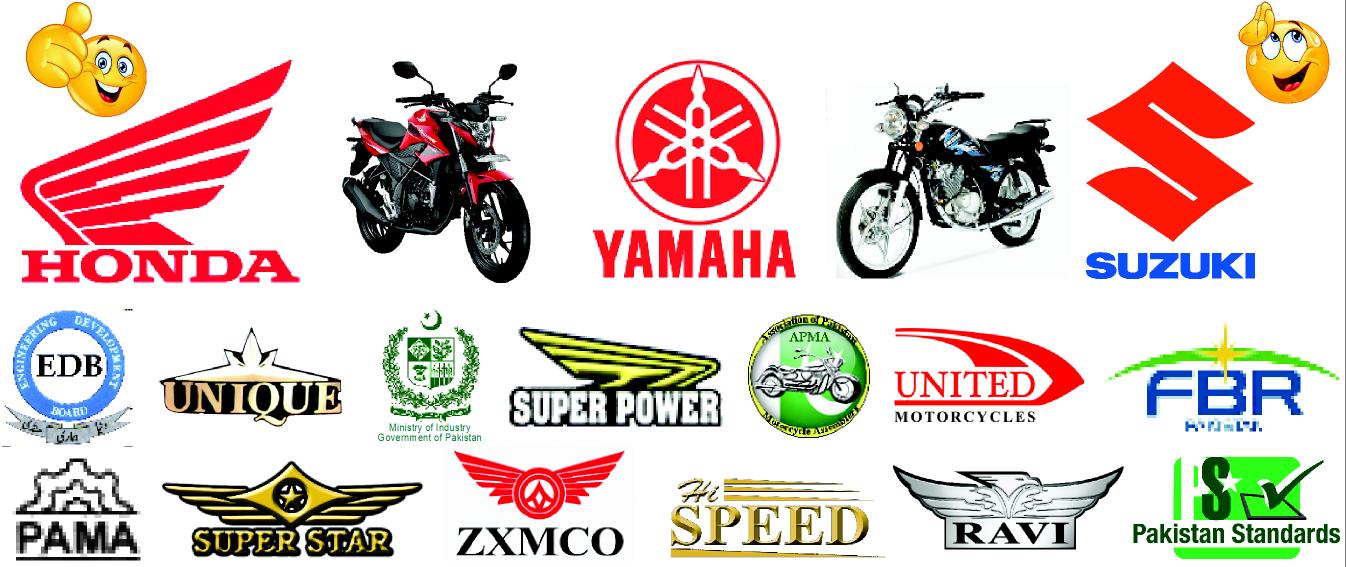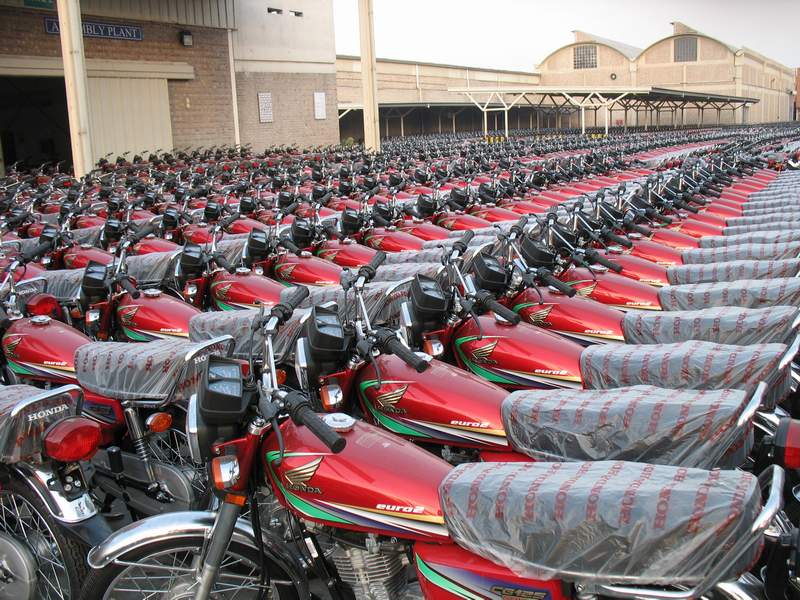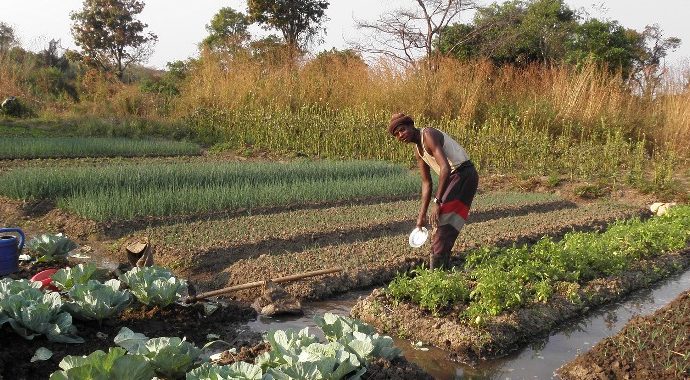Pakistan’s Motorcycle Industry is less manufacturing and more assembling in nature. The licensing process for the new entrants in the industry is simple. The major requirement is the establishment of the factory where motorcycle assembly, engine assembly, painting and testing of the final product can be done at one designated place. An NOC from the Ministry of Industries and Production is required which can be obtained by completing the required documents. Final license is issued by the Engineering Development Board (EDB) which allows the factory to start its production activities. The assemblers are also required to get an additional license from Pakistan Standards and Quality Control Authority (PSQCA) for the use of Pakistan Standard Mark. Registration of a trademark with the IPO and enrollment in FBR for sales tax and income tax in the relevant category as a manufacturer, importer, distributor or exporter is the final requirement to start this business in Pakistan.

After completing the above-mentioned requirements, the assembler/manufacturer is then required to approach the provincial excise and taxation department for the registration of their assembled motorcycle. This enables the department to issue registration numbers to these motorcycles brands as soon after purchasing these products, the end user will apply for a registration number with the department.
These low barriers help a lot of aspirants to enter the industry. As the china-factor in the motorcycle industry is at its maximum, the non-exclusive supply chain and on credit supplies boost the hope of investors to join the business. Nonetheless, the exit rates are so high that a majority of the fresh entrants fail because as the price competition amongst the lower priced motorcycle assemblers is intense. Due to this reason only a minority is holding the business knots properly. Out of 120 registered motorcycle manufacturers/assemblers, the top shareholders are only a trickle.
Pakistan produces about 2 million bikes per annum. This year the largest chunk of these sales i-e (46%) went with the Japanese brand, Atlas Honda. Shabbir Sheikh, spokesperson for the company spoke exclusively with the MORE and said that this market share is self-explanatory of the fact that majority in Pakistan prefers quality over price. In last few months of the FY16, his company has seen a rise of 26pc in motorcycle sales. “Don’t tell me about the competition, everyone is buying Honda, either original or replica, where is the competition?” Sheikh confidently questioned when the MORE asked him about the company’s strategy to deal with the price competition that is heavily influencing the Pakistan Motorcycle Assemblers’ business decisions these days.
“We are selling motorcycles on cash in a market where the replica makers are bound to sell each unit on a credit of 3 months to a year. Our dealerships get these motorcycles on advance payment and customers on cash. Our quality is superior, so is the price but we are a preference of cash customer”, Sheikh proudly continued.
In business they say, there are no old roads to new directions but the same is not true for Pakistan’s Motorcycle Manufacturing/Assembling Industry. Innovation is a word unknown to this industry in Pakistan as part of a motorbike made in the 1970s can fit itself in our model of 2016. The Industry has become so stagnant in terms of innovation that companies that went for innovation either reverted themselves to old fashion or got nothing phenomenal from the market share.
Yamaha DYL (Dawood Yamaha Limited), Sine 1970, was a direct competitor of motorcycles market leader Honda until it lost the market share completely in 2000 due to higher fuel prices and 2 stroke engines. The company re-entered in Pakistan’s market this April with the launch of the YBR-125, an advanced bike with a sporty look but did not succeed to the expectations. Mainly because the new generation is unknown to this once a second largest player of the industry and partially because of the facts that either they are not ready to pay a Honda similar or higher price for a “newcomer” or innovation is not what customers in Pakistan seek in a motorbike.
Muhammad Khalid, a 3S Yamaha dealer in Lahore thinks that it was not Yamaha which failed but the company’s partnership with the Dawood group. “DYL failed to introduce new Yamaha models in Pakistan and gave Honda a walk through. Now that the company is formally in Pakistan with its own manufacturing facility, good investment and innovative models, it can recapture its lost share in the years to come.”
Earlier, Yamaha Pakistan (YMPK) completed the construction of its manufacturing factory and had its launch ceremony on April 27, 2015. The new factory, with a total floor area of 17,000 m2, was built on a 203,456 m2 piece of land in the Bin Qasim industrial park in Karachi and commenced operations with approximately 1,400 employees. Yamaha Motor’s establishment of a new company and factory represents the company’s re-entry into the Pakistani motorcycle market and is part of the business scale expansion set out in Yamaha Motor’s new medium-term management plan. Yamaha’s antithesis to Honda in this regard is its commitment to localize its operation at a rate of 15pc per annum. So, by 2022, the whole manufacturing operation of spare parts and engine will be done in Pakistan. It will be a significant move from assembling to manufacturing capable of strengthening our local industry matchlessly.
The September 2016 report of Pak Suzuki Motor Company Limited (PSMCL) announced that its motorcycle sales volume has decreased by 19%. The company said that this decline in sales is because of the company’s absence from the 70cc engine capacity motorcycles market and Yamaha, a new entrant in higher engine capacity motorcycles segment (more than 100cc engine capacity). It is fitting to mention that both Yamaha and Suzuki motorcycle range in Pakistan is 100(+) cc engines while the industry’s major sales growth was seen in the 70cc area. The 70cc bike category accounts for 80% of the market share in Pakistan and the 100+cc for a mere 15% share – Honda and Suzuki are the major players and Rs 102,000 to 120,000 is the average price in this category. This puts Yamaha YBR-125’s (a 125cc bike) price tag of Rs 129,400 at the higher end but still Yamaha is managing to affect Suzuki because of the innovation and style it offered to the aspirants of high-end motorcycles.
Out of 2 million motorcycles that are sold in Pakistan yearly, about 1 million are assembled by local assemblers including United, Ghani, Super Power, Unique, BML, Crown, Eagle, Hero, Metro, Osaka, Pak-Hero, Powe, Ravi, Road Prince, Sohrab, Star, Super Asia, Treet, ZXMCO and many others.
The production of motorcycles increased by 16.54 percent during the fiscal year 2015-16 compared to the corresponding period of last year. As many as 2,071,123 motorcycles were manufactured during July-June (2015-16) compared to the production of 1,777,251 units during July-June (2014-15), according to the latest data of Pakistan Bureau of Statistics (PBS).
On year on year basis, the production of motorcycles increased by 16.41 percent as it went up from 178,748 units in August 2015 to 206,078 units in August 2016.
Muhammad Sabir Sheikh, Chairman of the Association of Pakistan Motorcycle Assemblers (APMA) spoke to MORE about the present and future of the industry. “We are doing business by serving our people. Our profit margins are minimum, prices nominal and quality is comparable. Have you seen any local brand motorcycle in the garbage?” He was angry when asked about the quality perception in people minds about the China Made-Pak Assembled motorcycles of these brands. “Every motorcycle is on the road; our two-wheeler life is comparable to any of the famous brands and still our price is one-third of what they charge for a pretty similar bike.”
“We are winning the hearts of poor people by presenting what they need at a price they can afford. Why is the government giving special relief to foreign brands when they produce nothing better than us? What exactly is better in Honda 70 which makes it 3 times expensive than us? ……. You are cartelizing foreign brands and letting them maximize their profits and discouraging the local industry…You are charging 5 different types of duties on the imports of the local industry much higher than the foreign brands… We can produce and sell 4 million motorcycles per year, we are making half of the parts in Pakistan, and we can make all, give us and them a level playing field if you think we do not deserve a favor as a local industry at all.” Sheikh bombarded me with questions and left nothing to speak.
Our motorcycle exports to Afghanistan have readily dropped and possible markets in Bangladesh, Sri Lanka, Eretria, Somalia, Ethiopia, Djibouti, Kenya, Uganda and Central Asian republics are not explored. PSQCA is lacking implementation and missing tools to check if the industry production meets the EURO-II standard of smoke, carbon monoxide, and noise.
If the motorcycle industry in Pakistan wants to flourish, earn a maximum profit and remain relevant, it must start the rapid shift from 70 ccs to 100 plus segment. Pakistan is the only country where 70cc motorcycles are made and sold. This seriously injures our export aspirations as the world is not interested in buying what we produce proudly. That is the reason only 1.4 percent of our total production is exported only. If the local assemblers will not innovate, someone else will.
You cannot discover new oceans unless you have the courage to lose sight of the shore.



